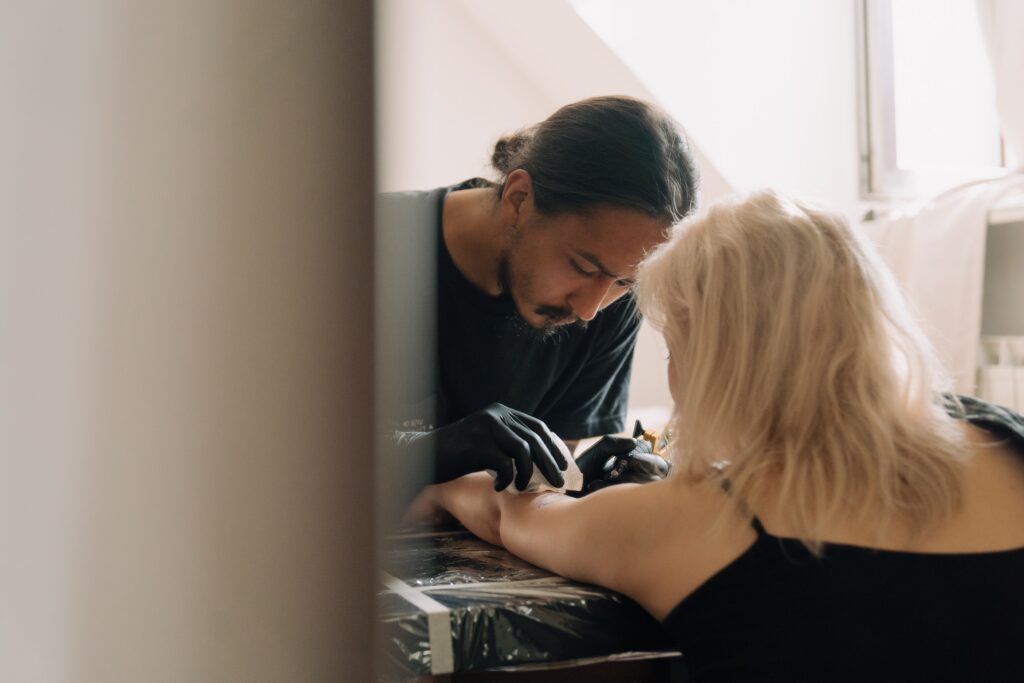A couple of years ago, our Director, Dr. Scott Schulkin participated in a video for a student’s master degree project. The video depicts the grief felt at the loss of a loved one and the possible meaning of a tattoo for a particular person. Warning – it is sad.
The video was by Vanessa Hellman and her crew. It is an excellent video. We hope you enjoy.
Here is the link: http://vimeo.com/33712352
Spoiler Alert! Don’t read below until you have seen the video!
Vanessa Hellman got in touch with both Beth and myself separately. She interviewed us separately, and we had not spoken about the tattoo before the video was shot.
Seriously…. It’s About Grief…
One of the things that come out is the way in which the tattoo becomes a concrete representation of the moment of the death or the knowledge of the death. It takes on a dual and perhaps paradoxical meaning – both keeping one alive, but also alive at the last moments of his/her life. In some ways, it may interfere with the process of working through the grief. As part of the grieving process, a person has to contemplate the other and their relationship from many different perspectives. It is only through a very painful process of reworking your internal image of the person both emotionally and intellectually that we begin the process of healing and having the grief evolve.
Sometimes people are afraid of the concreteness of the loss. They are afraid they can no longer hold the person in their heart or their head. This is often why we keep an item from the lost person or perhaps tattoo a reminder of them onto our person.
Sometimes people worry that if they forget the loved one they will lose them again. This becomes a real fear of forgetting and somehow losing the person again. But the problem can be the way a concrete reminder prevents the evolution of the image of the person. When we grieve, we are re-working the internal image of the person. While it is painful to keep thinking about them and the loss, this is part of the process of ‘getting our head around’ the loss. The cognitive and emotional processes together are required to develop a new understanding of the changed world; a world without our loved one. This is the process of working through grief.




